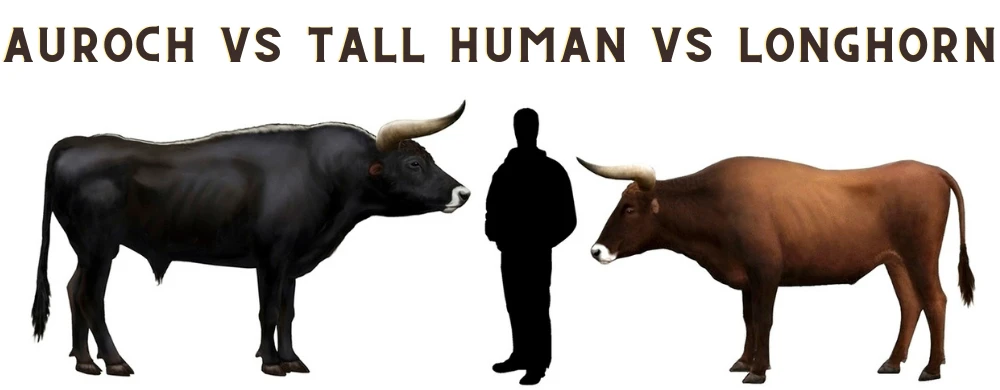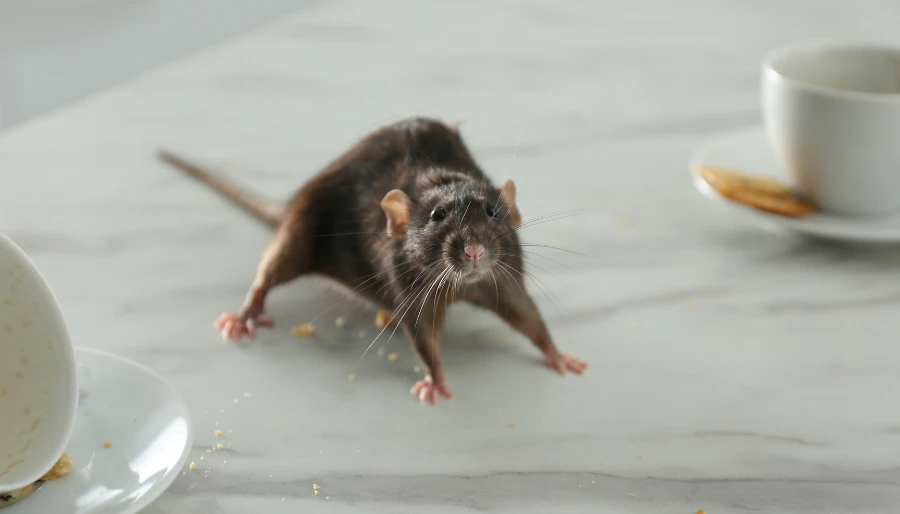Noted botanist and horticulturist (meaning, the man knew his fruit and vegetables) Ulysses Prentiss Hedrick (1870–1951) once wrote that the Ansault pear was a fruit “of the highest quality”.
Of course, we can only assume it’s true because the pear itself vanished from the planet shortly after he shared his opinion with the public.
Unfortunately for homesteaders and foodies worldwide, the Ansault pear is sadly one of many foods we’ll never experience.
One of many that have gone extinct and disappeared throughout history, leaving us with only pleasant and, at times, alluring descriptions of what we can never taste.
Ansault Pear
You will never experience and appreciate the golden-green belly and sweet crisp yet buttery flesh of what Hedrick described, in “The Pears of New York,” written in 1921 as “better than any other pear,” with a “rich sweet flavor, and distinct but delicate perfume”.
In fact, you would need a time machine to enjoy even a single luxurious bite of the famous fruit.
So What Happened?
Simply put, the rise of commercial farming happened.
Assault pear trees were impractical to grow in large orchards.
They were known to be temperamental and highly affected by even mediocre atmospheric shifts. They required a lot of work compared to the other heartier pear varieties available at the time.
Once farmers stopped growing the pears, nurseries refused to stock them, and they disappeared completely in the early 1900s.

Passenger Pigeon
Once the most plentiful bird species in known history, the passenger pigeon numbered around 3 billion (yes, with a ‘b’).
The reality is a horrifying lesson in over-hunting and habitat and food loss.
For centuries, this tasty bird fed the native people of North America. It was such a part of the sustenance and culture of the Seneca people, they called it “big bread” or jah’gowa.
Unfortunately, it was too appealing to the colonists.
Once the European settlers discovered how tasty the native’s most prized poultry was, they consumed it to extinction.
In 1800 there were roughly an estimated three billion passenger pigeons in North America.
Only a century later, by 1900, only one pigeon survived.
The pigeon, known as Martha after Martha Washington, died at the Cincinnati Zoo in Ohio in 1914, the last of her species.
Auroch
Few people these days know of the mighty Auroch cows, but millions recognize the name thanks to Games of Thrones.
Of course, aurochs aren’t related to dragons or even lizards.
They’re a domesticated species of cattle that has been used for their meat and hide for over 10,000 years. They were the first domesticated cattle species, dating back to the early days of cultivated agriculture.
Before you jump to any conclusions, these were not your average Texas Longhorn.
Julius Caesar when describing their size stated they were “little below the elephant in size.”
Meaning, these were big cows.

They were meaty, lean and healthier than modern cows.
Unfortunately, these massive and beneficial providers suffered miserably from disease and habitat loss.
Sadly, in the 17th century, the last auroch died in a forest in Poland, ending a species lineage that lasted tens of thousands of years.
Silphium
Arguably the most prized herb of the ancient world, this leek-flavored herb had many applications for the ancient Romans and Greeks. The stalks were cooked and enjoyed.
The sap from the silphium was dried and grated over countless dishes as a healthy seasoning and flavor enhancer.
But it’s the medicinal uses that led to its extinction.
The herb was known as a highly effective form of birth control.
In fact, it’s likely that its heart-shaped seeds are why we associate the heart shape with love today.
Women throughout the ancient empires paid handsomely for the herb to prevent pregnancy, and it worked.
Unfortunately, the herb was unable to be farmed commercially using ancient methods, and it grew only on a 125-mile by 35-mile strip of land in what is now Libya.
Needless to say, the sheer demand for the most potent form of birth control known at the time, greatly, and quickly, outpaced the supply until the final plant was plucked from the ground between 54 CE and 68 CE and gifted to Nero, Emperor of Rome.
The herb hasn’t been seen since, and no seeds remain.
Dodo
The Dodo is routinely depicted as a mindless, bordering on stupid, animal.
In truth, little is known regarding its intelligence, although it survived quite well on its own for thousands of years until Dutch sailors discovered the bird on the island chain of Mauritius in 1598.
Barely two centuries later, the dodo went extinct.
Unlike the passenger pigeon, the sailors didn’t hunt and consume the dodo for its taste.
In reality, the sailors often described the bird as being disgusting and tough.
While the dodo was eaten by desperate sailors who required protein on their long journeys, this wasn’t the cause of their extinction.
The primary reason the dodo disappeared was due to habitat loss as humans spread across their native land and the introduction of invasive species like rats and pigs.
Dutch and English sailors docked on the islands with pigs to breed for food.
And like most ships in those days, they brought with them a selection of stowaways, rats.
So while the Dutch consumed the dodo only for survival with the Dutch word for dodo being walghvodel, or “disgusting bird,” the extinction of the species was predictable.
Human spread and invasive species competing for food. The dodo didn’t stand a chance.
Steller’s Sea Cow
Possibly one of the most disgusting examples of over-hunting in human history, this manatee relative was first discovered in 1741 in the Bering Sea and hunted to extinction less than 30 years later.
Think about it, a species thousands of years old, was first discovered by man in 1741 and by 1768, the last of the species was killed.
The sea cow averaged 30 feet in length (manatees grow 8 to 13 feet) and boasted salty meat (often compared to corned beef) with fat that tasted like sweetened almond oil.
The liquified blubber was so appealing that sailors drank it from cups at every opportunity.
While the large marine mammal was also used for leather and lamp oil, it was most prized for its meat and drink-worthy fat.
More To Discover
- America’s New Vault: Preserving the DNA of At-Risk Species
- World’s Tiniest Marine Mammal Faces Imminent Extinction In First Alert Issued By International Whaling Commission
- Mysterious Deaths of Magellanic Penguins Plague South America’s Shores
- Reviving the Icons: How the Endangered Species Act Rescued 10 American Animals from the Brink of Extinction

A final thought
The last few decades have witnessed the extinction of varieties of nearly every crop species.
While we believe our choices and options have never been larger, in reality, over 90 percent of the crops that were grown in 1900 are now gone.
Where American farmers could choose from among 7,000 apple varieties a century and a half ago, they must now select from only 1,000.
Beans, nuts, sweet potatoes, rice, ancient grains and even carrots have all suffered huge reductions in available varieties.
If this article is updated 30 years from now, I can only imagine the horrifying numbers staring back at us on our screens.


















